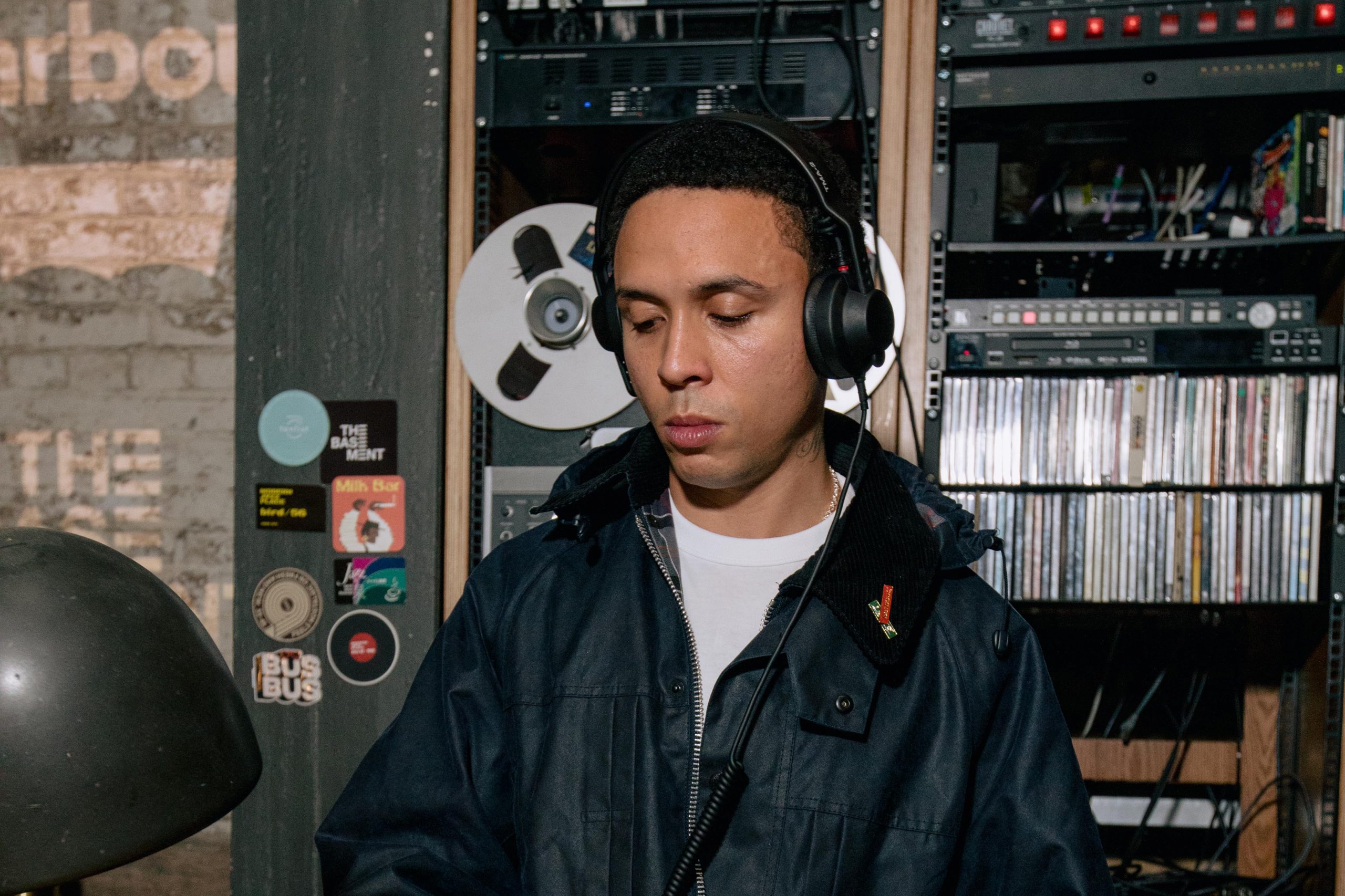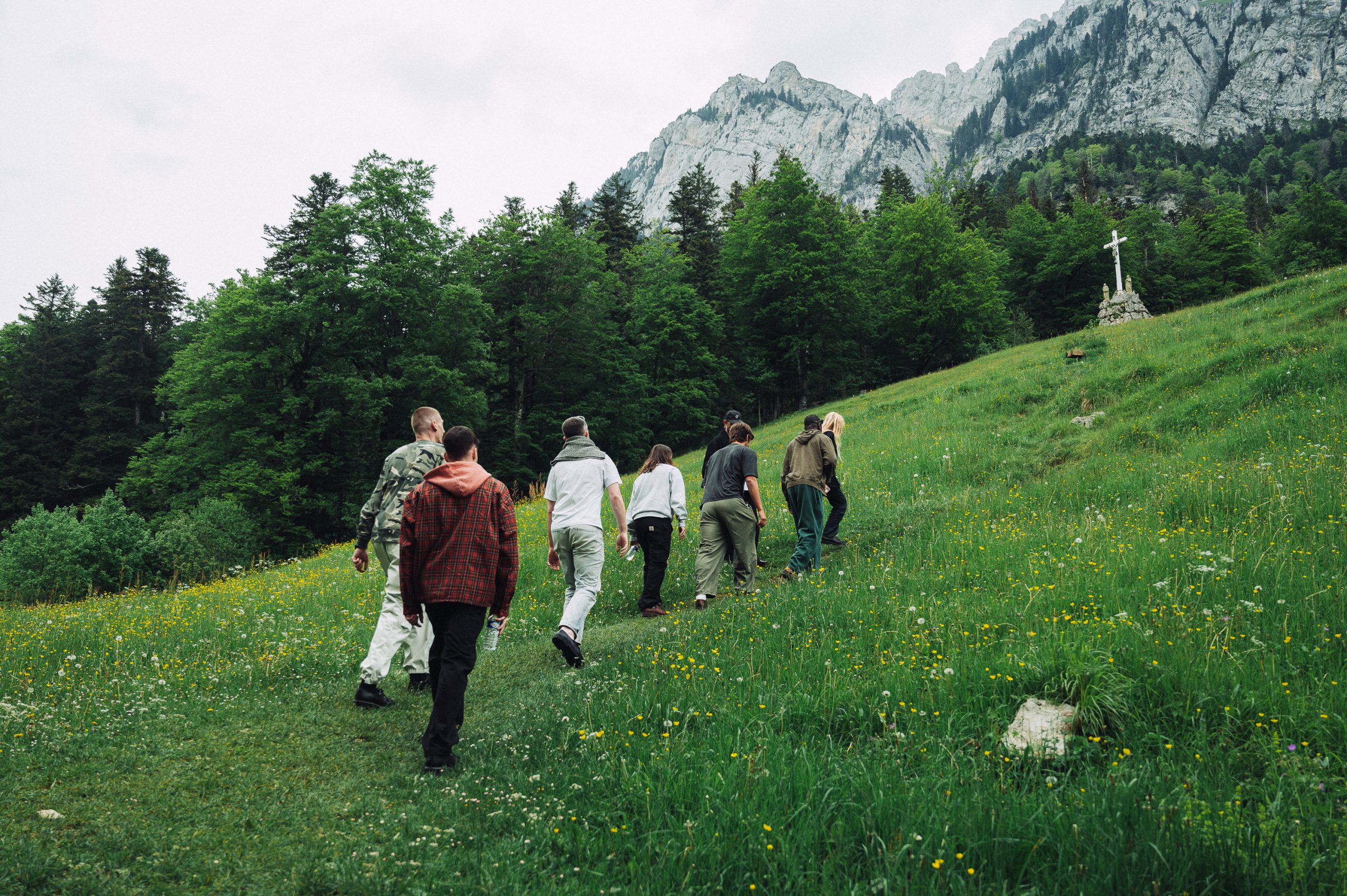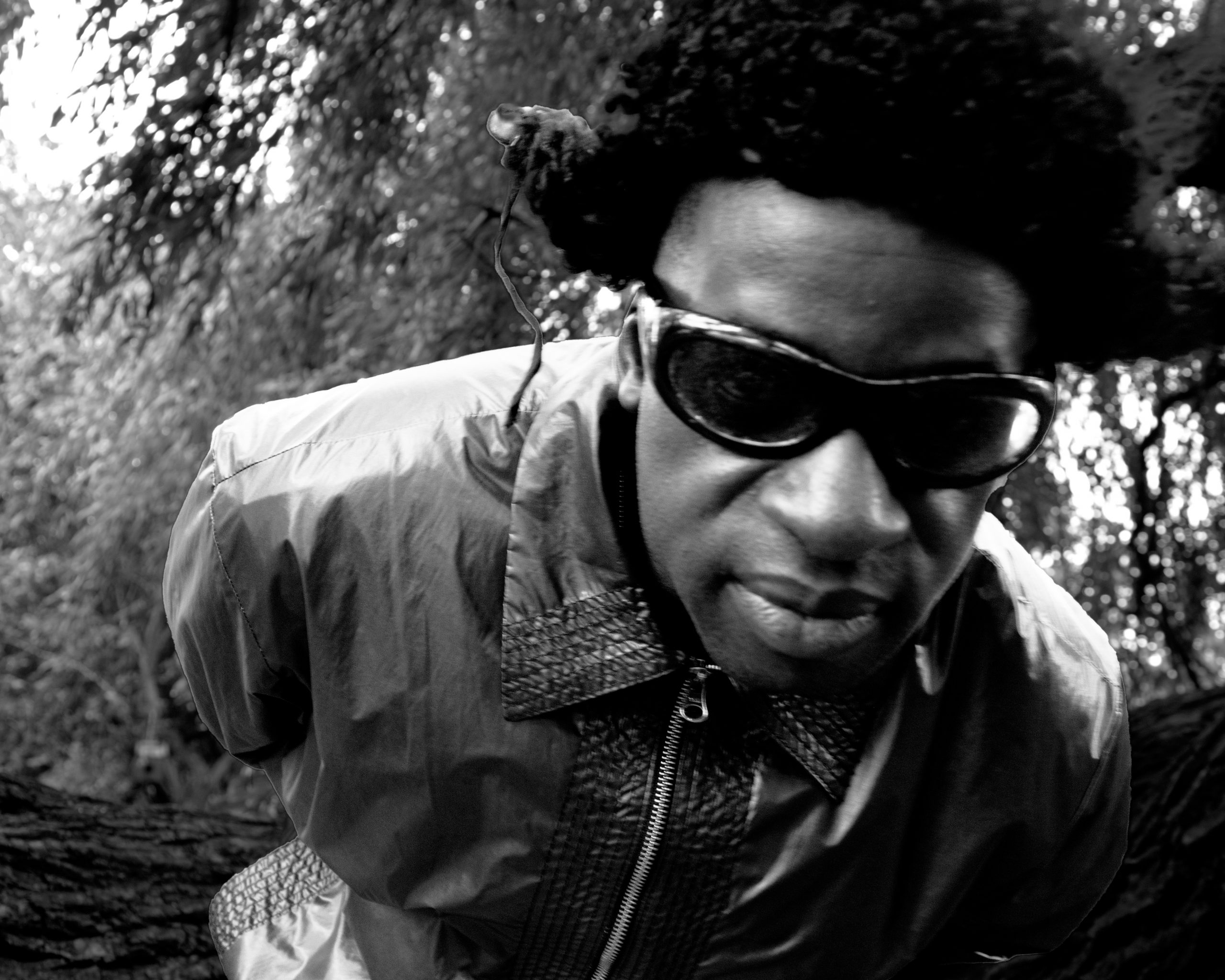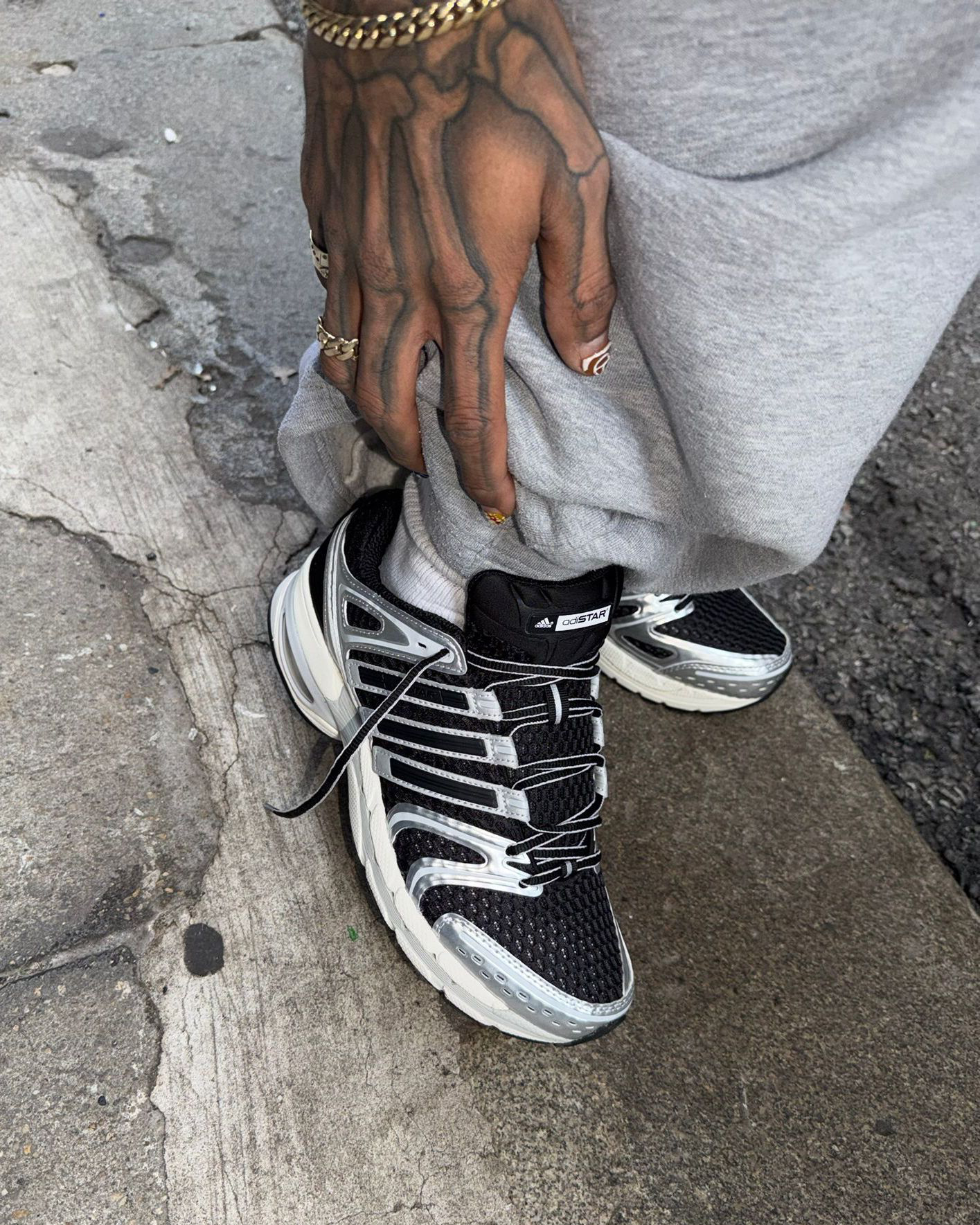Muslim Sisterhood's co-founder Lamisa Khan explores the double standards behind this season's most controversial flex.
Balaclavas and other forms of head coverings have recently become quite the trend, going viral on TikTok with the hashtag #balaclava reaching 190.2m views and popping up on catwalks for Kenzo, Y/Project and Lowe. As a lover of clothing that is practical, meets my modesty requirements and is cosy, the balaclava seemed like a harmless accessory, like a hoodie. Many of my hijabi friends started wearing ballies, skipping the drama of bad hijab days – reminiscent of the pull on hijabs that we wore as children when attending mosque and madrasa. Initially worn by soldiers in the Crimean War of 1854 to keep warm, the accessory has seen a widespread revival and whilst knitted headgear seems fitting for cold weather, it’s similarity to the hijab has been a cause for controversy especially when considered in the context of hijab and burqa bans across Europe, Africa and India. For many, the acceptance of the balaclava is yet another symptom of the villainisation and othering of Muslims; covering your hair for the sake of fashion is celebrated but when done in the name of Islam, is scrutinised as oppressive, a weapon of patriarchy and a symbol of barbarism. The veiled woman is depicted as weak and vulnerable yet her refusal to be seen also makes her a source of fear.
But as with many of these conversations, too quickly the voices of those with the lived experience of the issue are drowned out by those with the loudest voices online. To get to the crux of the balaclava palaver, I wanted to speak to hijabi women to get their take on the topic. For makeup artist and creative Salwa Rahman, the balaclava serves as a convenient alternative to draping a scarf and subscribing to a trend.
"When it comes to Muslim women, our every single clothing choice is hyperanalysed and seen to have some ulterior motive. Someone is choosing to wear a bally and so they must be trying to ‘Westernise’ the hijab and try to be trendy and make it cool. Conservative Muslims will see it as a move away from traditional forms of hijab."
She continues, “I still wear a scarf and sometimes I wear a bally, for me it really is about convenience. In colder weather a thin scarf isn’t keeping me warm, whereas wearing a balaclava does. I don’t think people have interacted with me in a different way because of it. I still feel like a visible Muslim even if I’m in a knitted hood. It’s quick, easy and modest. That being said, you can’t neglect the fact that the agency of Muslim women is ignored. And even these conversations make it difficult for Muslim women to just be. No matter what we do, we have to always justify it and we just don’t have the same freedom as our non-Muslim counterparts. I don’t cosign major designers co-opting it and suddenly deciding that covering your hair is cool now.’”
Islam is the fastest growing religion in the world with one in five people now identifying as Muslim. It is therefore unsurprising that the hijab and other forms of Islamic veiling have become a more visible phenomenon. As the creative and fashion industry has become more conscious of diversity and inclusion, we have seen hijabi models such as Halima Aden, Ugbad Abdi and Ikram Abdi walk numerous catwalks and feature in the most prestigious fashion publications. Their visibility as proud Muslim women, in industries that I never imagined we could exist in, emotes a deep sense of pride, yet sometimes I can’t help but feel that hijabi representation is nothing more than tokenism.

Being a non-visible Muslim woman, I am aware of my privilege to move through most spaces without my faith being obviously signified, particularly working in and around fashion. I have always had the deepest admiration for my ukhtis who chose to cover as a commitment to their faith. The visibility of the hijab as a religious marker carries with it the burden of a gaze that judges Muslim women based on their appearance before anything else, and in more extreme cases excludes them from the public sphere for the way they choose to dress.
Hijab and veiling bans are nothing new and Muslim women frequently serve as the battleground for assertive secularists and facists. In 2004, France passed laws which banned religious symbols in public schools based on the principle of neutrality. Despite the law being phrased in a generic sense, it covertly targeted wearers of the hijab. The French government claimed that schools were impartial spaces where students should be treated equally and so shouldn’t be differentiated from one another; religious symbols in the public space were seen as discordant with those values. Following on from this, another law was passed in 2010 banning full-face veils in the public sphere, with women facing fines of up to €150 for wearing the niqab. In 2019, rapper Cardi B was photographed at Paris Fashion week standing in front of the Eiffel Tower in an outfit designed by Richard Quinn, where her entire face and body was covered. Again in 2021, sporting another number by Richard Quinn, Cardi stood with her hair covered in front of an ironically veiled Arch de Triumph, and to be quite frank, it felt like a kick in the teeth. Rather than being penalised for her choice of outfit like Muslim wearers of the niqab and hijab, she was celebrated for her bold fashion choices.
When Aydha Mehnaz first moved to Europe 5 years ago, she became aware of how she was being perceived because of her veil, how she spoke, and the colour of her skin.
"When I applied for a metro (subway) pass, the company kept refusing my application asking me to submit my ‘real’ photo. From then on I’ve had to learn to pick my battles and decide what was worth fighting for. Being overly cautious is now second nature to me."
Working as a celebrity and media relations manager for a luxury brand in Paris, Aydha is all too familiar with the flippant nature of trend cycles. “Where what a Muslim women wears is often a subject for scrutiny, visibility of such trends on the runway feels hypocritical,” she continues. “What baffles me is that a woman cannot be fully covered when going to the beach but somehow a balaclava now is an acceptable item in everyday fashion. You are limiting one’s freedom of sartorial expression based on beliefs but it is okay when it is ‘just for fashion.’”
The serious repercussions of veiling bans limiting the ability of Muslims women to contribute and access public services, as well as earn a living, are not an exclusively Western phenomenon. Earlier this month in the Bharatiya Janata Party-run southern Indian state of Karnataka, Muslim girls who wore the hijab were prevented from entering schools and colleges, with humiliating scenes of girls having to deveil before entering their places of education. The hijab ban and BJP’s broader islamophobic propoganda has sparked fear amongst India’s Muslim minority community of 200 million, that their religious freedom is no longer guaranteed despite this being enshrined in India’s constitution.

I know someone somewhere is thinking, ‘but why are balaclavas such a big deal?’ and ‘why does everything have to be made political?’ Despite our contemporary understanding of fashion, it has always been inherently political. For most of us, we’re not actually bitter about balaclavas becoming mainstream, nor do we really care about what Cardi B is wearing at fashion week. Instead, it’s the lack of autonomy given to Muslim women when it comes to the way we dress and how that impacts other aspects of our lives that we’re angry about. It’s disrespectful when Vogue shares an Instagram post of exclusively non-Muslim women wearing headcoverings, and names the balaclava as ‘officially this seasons cosiest accessory’ whilst remaining silent on how Muslim women are violently penalised for covering their hair. When Kim K shows up to the ‘In America: A Lexicon of Fashion’ Met Gala with every inch of her body covered in a black Balenciaga t-shirt, she is considered a genius, while Muslim women in the USA live in fear of confronting Islamophobia and the violence that it comes with day after day. It’s the fact that headwear that was literally worn during an armed conflict is considered less violent and more acceptable than women wearing the hijab. It is a privilege to have the freedom to move through trend cycles and spaces not being politicised and villainised by some external perception of your identity, to not have to consider your safety all the while.
As model and athlete, Intisar Abdul-Kader summarises:
"The balaclava covers the same areas the hijab covers but it is deemed cute, fashionable and very on trend. BUT our hijab is oppressive, controlling and backwards, how does that make sense?"
She continues, “The hijab is a symbol of our faith and the beauty of Islam. I can be a professional, an athlete, a model, a member of my community. I can be anyone I want to be wearing the hijab; it is not a trend for this season only. This is our life and our choice; it is about time governments and the fashion world understood that.”
Written by
Lamisa Khan
Imagery courtesy of
Y/Project, Kenzo

What Went Down: The Basement Presents Barbour x Levi’s® Launch Party
- Community
- Photo Series
- 4 minute read





